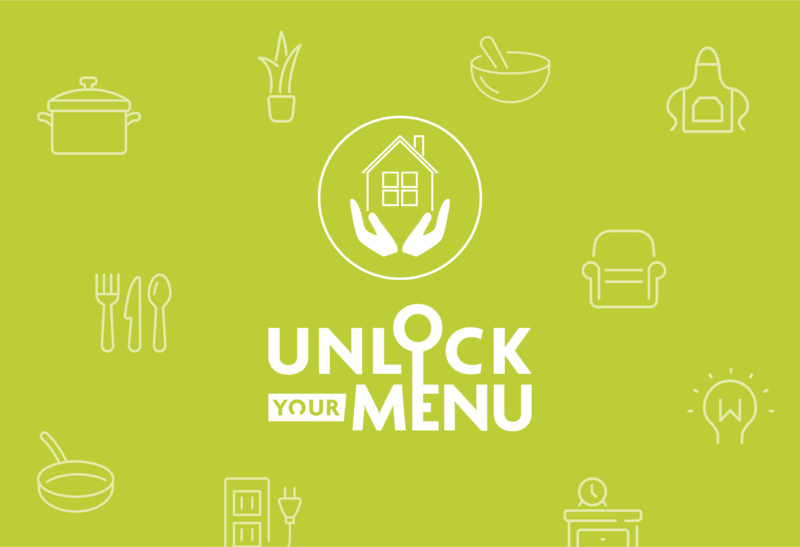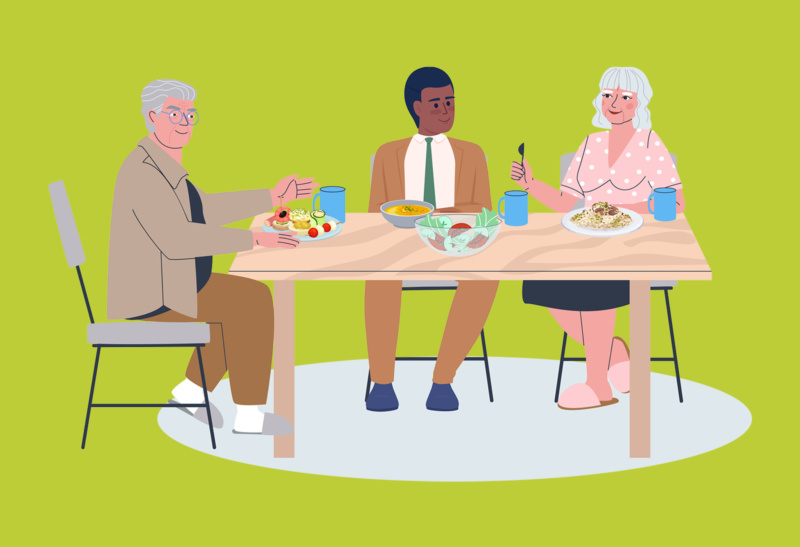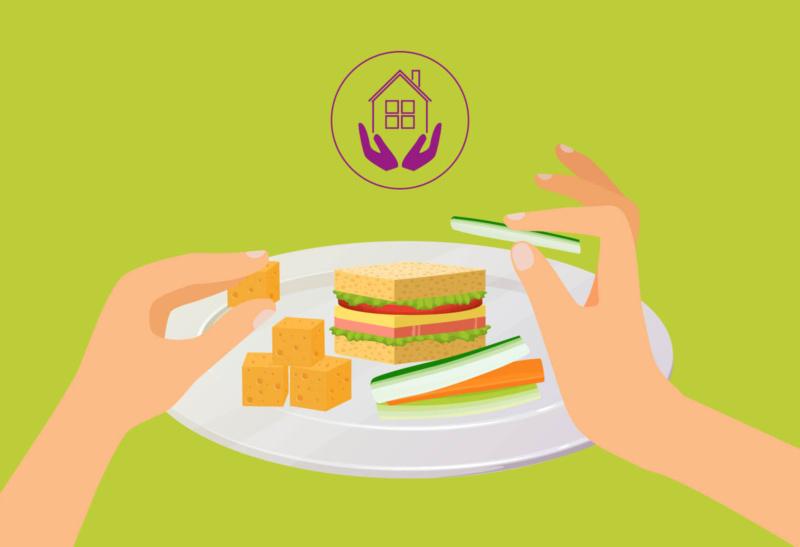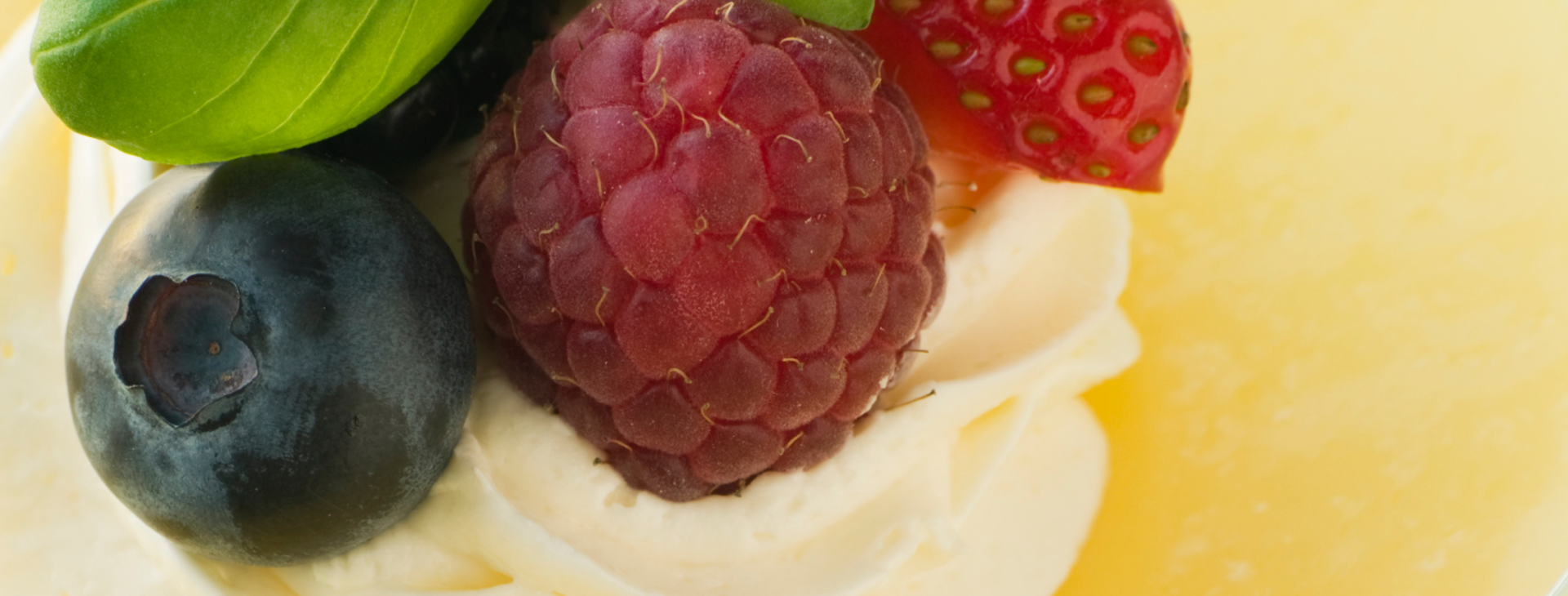In today’s healthcare sector, care homes are navigating a complex set of challenges that require careful balancing. Cost management, limited budgets, diverse dietary requirements, staff shortages, and stringent regulations all contribute to the daily hurdles faced by care home administrators. These difficulties are further intensified by the need to provide high-quality, nutritious, and appealing meals amidst rising food and energy costs. Balancing these demands while ensuring top-quality care and resident satisfaction is no easy task.
To overcome these financial pressures, care homes must implement strategies to optimise their foodservice operations. Streamlining processes, driving efficiencies, and reducing waste are essential steps toward ensuring long-term profitability and sustainability goals.
Our Unlock Your Menu resource hub is designed to support you through these challenges by offering comprehensive tips, advice, and guidance on food menu engineering. This blog will delve into practical strategies—from cost-saving measures to smart ingredient swaps—that can help you keep expenses in check while maintaining high standards of care and dining for your residents.

Saving energy and money in the kitchen
Energy consumption is a significant expense in care home operations, especially within the kitchen. Implementing energy-efficient practices can lead to substantial cost savings and contribute to environmental sustainability. One effective strategy is upgrading lighting systems by replacing traditional bulbs with LED lighting, installing motion sensors and using dimmer switches. Simple swaps mean care homes can reduce unnecessary energy usage.
Staff can be given specific energy-saving responsibilities to help manage costs effectively. Training them to turn off appliances and equipment when not in use, coupled with regular maintenance checks to ensure all equipment operates efficiently, can significantly cut down energy costs. Investing in energy-efficient appliances, such as AA++ rated refrigerators and combi ovens, can further optimise energy consumption. Additionally, modern innovations like infrared grills and induction cooktops offer advanced energy-saving features that are particularly beneficial in a high-demand environment like a care home kitchen.
Implementing smart cooking practices is another way to reduce energy use. For example, batch cooking can prepare large quantities of food efficiently, while microwaves or steamers are ideal for quickly reheating or cooking small portions. Using pre-cooked or frozen ingredients can also save time and reduce the energy required for cooking from scratch. Discover more energy-saving hints and tips within our Unlock your Menu webpage – Saving energy in commercial kitchens: our BEST methods – Bidfood.
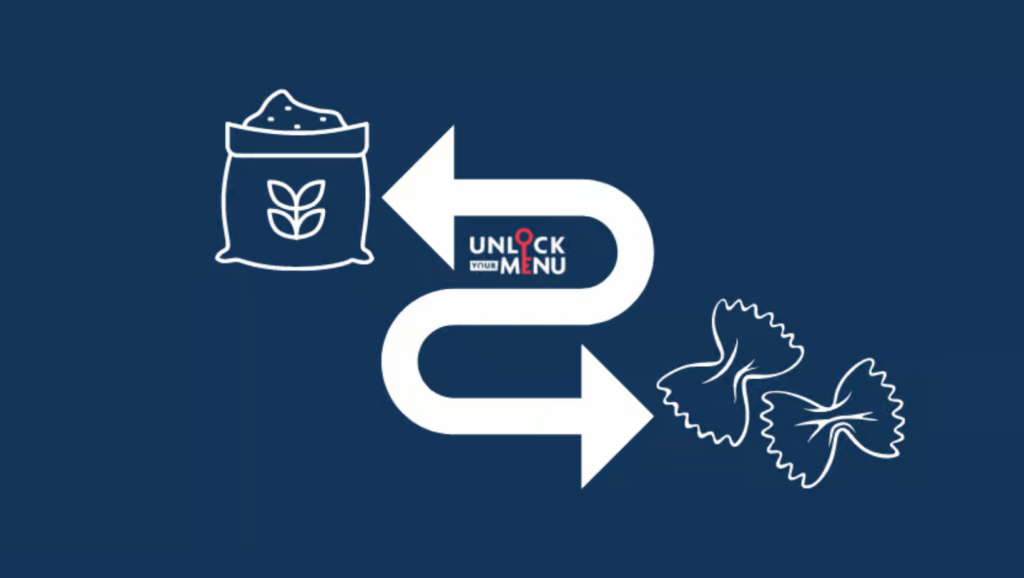
Simple ingredient swaps that drive cost savings
Balancing food costs while accommodating a variety of dietary needs is a challenging task for care homes. Strategic ingredient substitutions can help reduce expenses without compromising on nutrition or taste. One approach is to embrace frozen and pre-prepared produce. Using frozen vegetables instead of fresh can cut costs and reduce spoilage, while pre-cooked pasta and rice save time and energy during preparation.
Furthermore, choose convenient alternatives to streamline kitchen operations. For instance, replacing boiled potatoes with frozen mash or using ready-to-use sauces instead of making them from scratch can save both time and labour. Pre-portioned products, such as desserts and sous-vide meats, assist in managing serving sizes and reducing waste. This approach ensures that residents consistently receive high-quality meals with precise portions. Find 5 reasons to purchase ready-made meal solutions in our previous blog: 5 reasons to purchase ready-made meal solutions.
Shelf-stable options, such as tinned fruits and pre-cooked grains, offer the dual benefits of longevity and convenience, further reducing the need for time-intensive preparation. These ingredient swaps not only cut costs but also improve efficiency, allowing staff to focus on providing quality care and nutritious meals despite the challenges of staff shortages and budget constraints. Explore more ideas on how to make your menu both delicious and economical in our Simple Swaps and Money Saving Tips | Bidfood resource on our Unlock your Menu webpage.
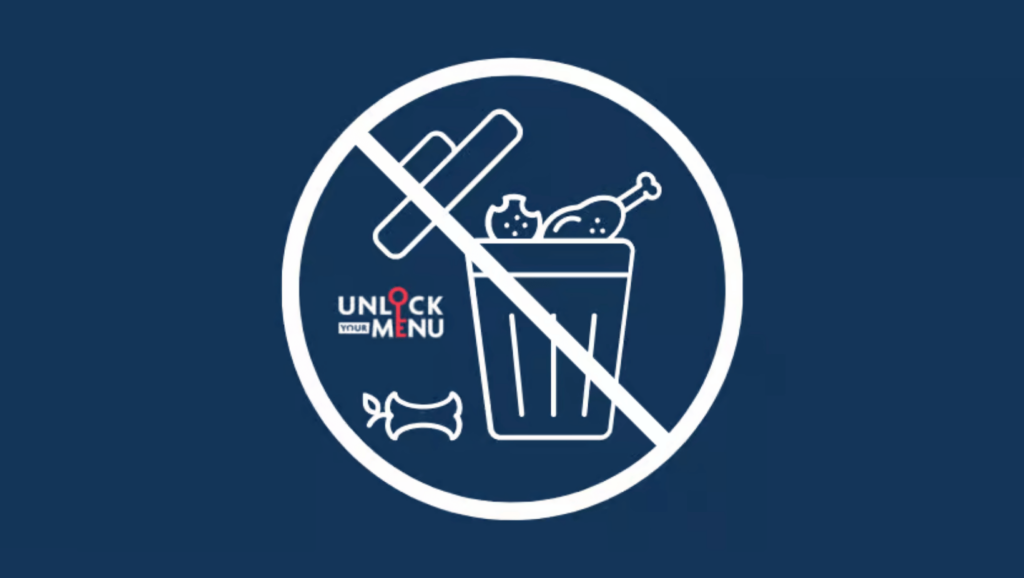
Tips for reducing waste
Food waste impacts not only the environment but also the limited budgets of care homes. Implementing effective waste-reduction strategies is essential for operational efficiency and sustainability. Accurate meal forecasting is crucial for efficiency. By analysing resident preferences and consumption patterns, care homes can determine the right amount of food to prepare, thereby avoiding overproduction and reducing waste.
Portion control also plays a critical role. Serving appropriately sized meals tailored to individual needs reduces leftovers while ensuring residents are satisfied. Creative use of leftovers can further optimise resources. Excess food can be transformed into new dishes, such as soups or stews, or incorporated into daily specials to minimise waste.
Effective inventory management helps prevent over ordering and monitor product expiration dates. Regular stock checks and employing a first-in, first-out system ensure that older stock is used before newer purchases. Proper storage and preservation techniques, combined with staff education on food handling, can significantly reduce spoilage and waste. Read more on 5 ways to reduce food waste here.
To learn more about effective waste management visit our tips for reducing food waste resource on our Unlock your Menu webpage: Tips for Reducing Food Waste – Food Waste Tips | Bidfood.
Care homes play a vital role in providing comfort, care, and nourishment to their residents. By adopting energy-saving measures, making smart ingredient swaps, and implementing waste-reduction strategies, care homes can effectively address industry challenges and elevates financial pressures.
Implementing these practical solutions not only leads to significant cost savings and improved operational efficiency but also enhances the quality of care and resident satisfaction. Embracing sustainability and innovation within your kitchen operations sets the foundation for long-term success and resilience in an ever-changing industry landscape.
For more comprehensive tips, tools, and guidance tailored to the unique needs of care homes, explore our Unlock Your Menu webpage. Discover how you can transform challenges into opportunities and elevate your care home’s foodservice to new heights.
Food Menu Engineering Tips | Unlock Your Menu | Bidfood
| Become a customer |
